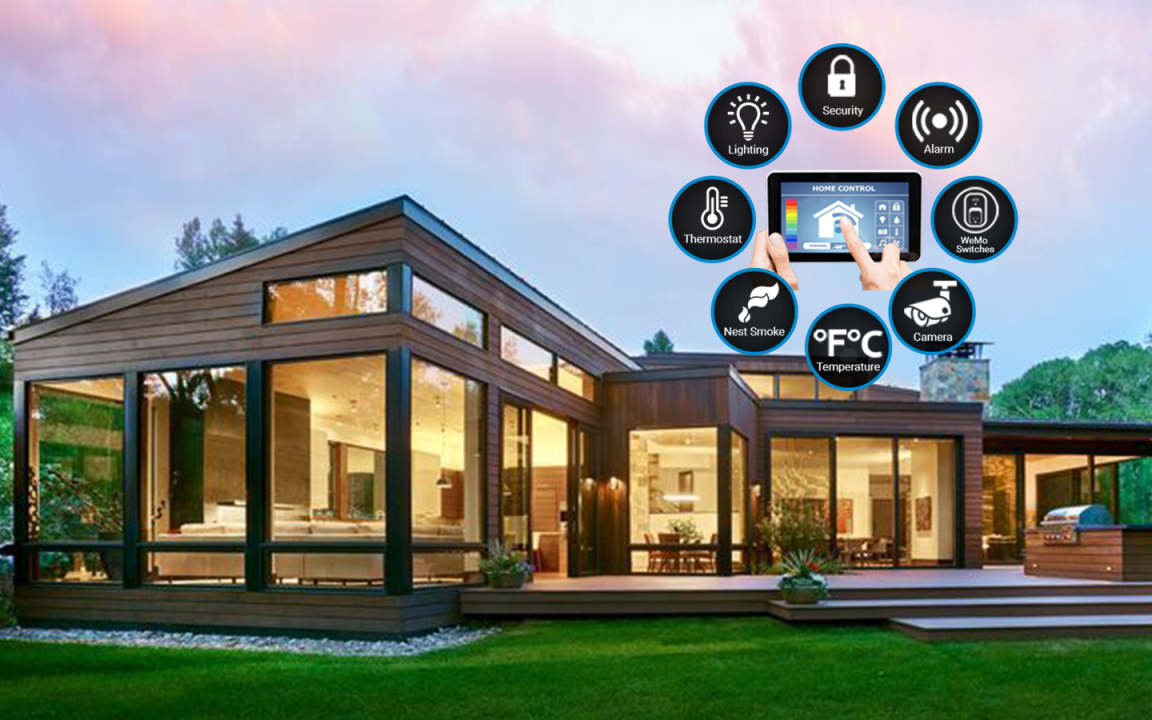
Voice-Activated Technology in Modern Homes
By Adedayo Oyetoke, Published on: July 16th 2024 5 min, 888 word Views: 1365
Voice-activated technology has revolutionized how we interact with our homes. From turning on lights to adjusting thermostats, modern homes are increasingly adopting voice-activated systems to enhance convenience, efficiency, and security. This article delves into the technology behind voice control in smart home automation, the role of AI, the advantages and disadvantages of voice-activated devices, and the future of smart home technology.
What is Voice-Activated Technology?
Voice-activated technology allows users to control devices and systems using voice commands. This technology relies on speech recognition, natural language processing (NLP), and machine learning to interpret and execute user commands. By using voice assistants like Amazon's Alexa, Google Assistant, and Apple's Siri, homeowners can perform a wide range of tasks hands-free.
Technology Behind Voice Control in Smart Home Automation
Voice control in smart homes leverages several key technologies:
- Microphones and Audio Processing: Devices equipped with high-quality microphones capture voice commands. Advanced audio processing techniques filter out background noise to ensure clear command recognition.
- Speech Recognition: This technology converts spoken words into text. It involves phonetic analysis and pattern matching to understand the spoken language accurately.
- Natural Language Processing (NLP): NLP algorithms interpret the meaning behind voice commands, enabling the system to understand context and intent.
- Machine Learning: Machine learning models improve the accuracy of speech recognition and NLP over time by learning from user interactions.
How AI is Used in Smart Homes
Artificial Intelligence (AI) plays a crucial role in enhancing the capabilities of smart home devices. Here are some ways AI is used:
- Personalization: AI algorithms learn user preferences and routines to provide personalized experiences. For example, a smart thermostat can adjust temperatures based on the homeowner's habits.
- Predictive Maintenance: AI can predict when appliances need maintenance or replacement, reducing the risk of unexpected failures.
- Energy Management: AI optimizes energy usage by analyzing patterns and making adjustments to reduce waste, contributing to sustainable living.
- Security: AI-powered security systems can detect unusual activities, recognize faces, and alert homeowners of potential threats.
Smart Home Technologies and Their Applications
Smart home technologies encompass a wide range of devices and systems, including:
- Smart Speakers: Devices like Amazon Echo and Google Home serve as central hubs for voice-activated control.
- Smart Lighting: Systems like Philips Hue allow users to control lighting using voice commands.
- Smart Thermostats: Products like Nest and Ecobee adjust home temperatures based on voice instructions.
- Smart Security Systems: AI-powered cameras and alarms enhance home security.
- Smart Appliances: Voice-activated ovens, refrigerators, and washing machines offer added convenience.
AI in Smart Buildings
AI extends beyond individual homes to smart buildings, where it enhances efficiency and occupant comfort:
- Energy Management: AI optimizes heating, ventilation, and air conditioning (HVAC) systems to reduce energy consumption.
- Occupant Comfort: AI adjusts lighting and temperature based on occupancy patterns.
- Security: AI monitors building security through advanced surveillance and access control systems.
Disadvantages of Voice-Activated Devices
While voice-activated devices offer numerous benefits, they also come with some drawbacks:
- Privacy Concerns: Voice-activated devices are always listening, raising concerns about data privacy and potential misuse of recorded conversations .
- Accuracy Issues: Speech recognition may struggle with accents, dialects, or background noise, leading to misinterpretation of commands .
- Dependency on Internet: These devices often require a stable internet connection to function effectively.
- Security Risks: Hackers could potentially exploit vulnerabilities in smart devices to gain unauthorized access .
Voice-Activated Devices: A Historical Perspective
The journey of voice-activated technology began with early speech recognition systems in the 1950s. The first significant breakthrough came with IBM's Shoebox, introduced in 1961, which could recognize 16 spoken words and digits . Since then, advancements in AI and machine learning have transformed voice-activated technology into a sophisticated tool for modern homes.
AI Voice Technology
AI voice technology encompasses various applications, including:
- Voice Assistants: Devices like Amazon Alexa, Google Assistant, and Apple's Siri that execute voice commands.
- Voice Biometrics: Authentication systems that verify user identity based on voice patterns.
- Voice Analytics: Tools that analyze customer interactions for insights and improvements in service.
Objectives of Voice-Controlled Home Automation
The primary objectives of voice-controlled home automation include:
- Convenience: Simplifying everyday tasks through hands-free control.
- Accessibility: Making home automation accessible to individuals with disabilities.
- Efficiency: Enhancing energy management and reducing consumption.
- Security: Providing advanced security features to protect homes.
Real-Life Examples and Illustrations
To illustrate the impact of voice-activated technology, consider the following scenarios:
- Morning Routine: A user can start their day by saying, "Good morning, Alexa," triggering the system to turn on lights, adjust the thermostat, and play the news.
- Cooking Assistance: With hands-free control, a user can ask Google Assistant to set a timer, convert measurements, or find recipes while cooking.
- Home Security: Voice-activated security systems can be armed or disarmed using simple commands, enhancing home safety.
Conclusion
Voice-activated technology has become an integral part of modern homes, offering unparalleled convenience, efficiency, and security. As AI continues to advance, we can expect even more innovative applications and seamless integration into our daily lives. Embracing these technologies not only enhances our quality of life but also contributes to a more sustainable and connected world.
For more insights on smart home technology and productivity tips, check out our Technology section and articles like How to Set Up a Smart Home Hub: A Comprehensive Guide and Common Issues with Smart Home Devices and How to Fix Them.
By exploring the advancements in voice-activated technology and understanding its integration into smart homes, we can better appreciate its impact on daily life and future potential.
